#Shiretoko peninsula
Explore tagged Tumblr posts
Text
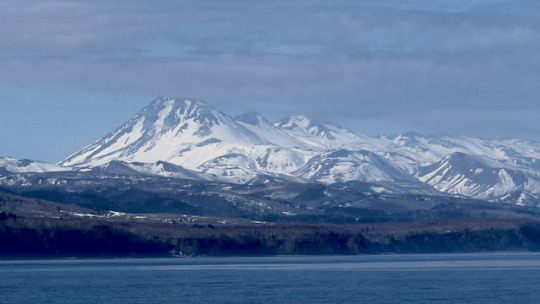
The Shiretoko Peninsula
0 notes
Text
日本のトリビアまとめ #0028

#日本のトリビア#Famous places in Hokkaido#屈斜路湖(くっしゃろこ)#Furano#旭岳(あさひだけ)#Asahidake (Asahidake)#Lake Kussharo#Shiretoko Peninsula#北海道の名所#Japanese Trivia#知床半島(しれとこはんとう)#富良野(ふらの)
0 notes
Photo
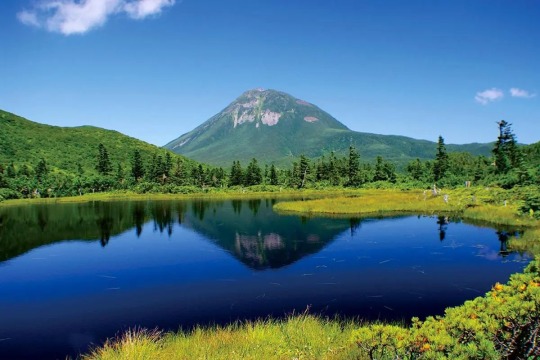
知床半島(しれとこはんとう) 北海道の名所
知床半島(しれとこはんとう)は、北海道東部に位置する自然保護地域で、その壮大な自然と美しい景観で知られています。以下に、知床半島の特徴と魅力を紹介します。 1. 壮大な自然景観 断崖絶壁や雄大な海岸線、氷河地形、そしてその地形を彩る豊かな植生が特徴です。 2. 世界自然遺産 知床は世界自然遺産に登録されており、その美しい自然が世界的に認められています。 3. 野生動物 多くの野生動物が生息しており、特に知床五湖周辺や羅臼などでアザラシやエゾシカ、クマ、シカなどが見られます。 4. 知床岬 半島の最先端に位置する知床岬は、絶景の展望台として知られ、展望台からの眺望は素晴らしいです。 5. トレッキングやハイキング 自然豊かな地形ゆえにトレッキングやハイキングのメッカであり、多くの登山客や自然愛好家が訪れます。 6. 流氷 冬季にはオホーツク海から流れ込む流氷が見られ、その神秘的な景観が魅力です。 7. 自然保護地域 生態系の保護が重視されており、貴重な動植物相が守られています。
♪♫♬🎤🎹🎶♪♫♬🎤🎹🎶♪♫♬🎤🎹🎶♪♫♬🎤🎹🎶
Shiretoko Peninsula Famous places in Hokkaido
The Shiretoko Peninsula is a nature conservation area located in eastern Hokkaido, known for its magnificent nature and beautiful scenery. Below, we will introduce the characteristics and charms of the Shiretoko Peninsula. 1. Magnificent natural scenery It is characterized by sheer cliffs, majestic coastline, glacial topography, and rich vegetation that colors the topography. 2. World Natural Heritage Site Shiretoko is registered as a World Natural Heritage Site and its beautiful nature is recognized worldwide. 3. Wild animals It is home to many wild animals, including seals, sika deer, bears, and deer, especially around the Shiretoko Goko Lakes and Rausu. 4. Shiretoko Cape Cape Shiretoko, located at the tip of the peninsula, is known as an observation deck with a spectacular view, and the view from the observation deck is spectacular. 5. Trekking and hiking Due to its rich natural terrain, it is a mecca for trekking and hiking, and is visited by many mountaineers and nature lovers. 6. Drift ice In winter, you can see drift ice flowing in from the Sea of Okhotsk, and its mysterious scenery is attractive. 7. Natural conservation area Ecosystem conservation is emphasized and precious flora and fauna are protected.
0 notes
Text

Doko koko? Shiretoko!
#vooruitmariek#illust#landscape drawing#watercolour pencils#landscape illustration#shiretoko peninsula#japan travels#hokkaido#probably the most beautiful place i've seen in my life#it was bear season so our guide taught us to clap in our hands when the path became less visible & talk loudly#didn't meet any bears luckily
1 note
·
View note
Text
日本の美しい風景 - Beautiful Japan - 「知床半島(北海道)」Shiretoko Peninsula (Hokkaido)

youtube
3 notes
·
View notes
Text

Want to travel to Hokkaido?? BOOK NOW!
#Explore the culture and traditions of the indigenous Ainu people at Lake Akan#and journey to the Shiretoko Peninsula to see free-roaming brown bears#foxes and deer.#_______________________________________________________________________#FOR INQUIRES: Visit our Facebook page Bethlehem Travel Services#Call and Contact us @ 0920 221 2069#63-939-886-6802#📞(075)-540-1645#Email: [email protected]#Instagram Account: https://www.instagram.com/bethlehemtravelservices123#Twitter Account: https://twitter.com/Bethlehem_TS123#Visit us 🚗Sadsaran St. Poblacion Alaminos City#Pangasinan
0 notes
Text


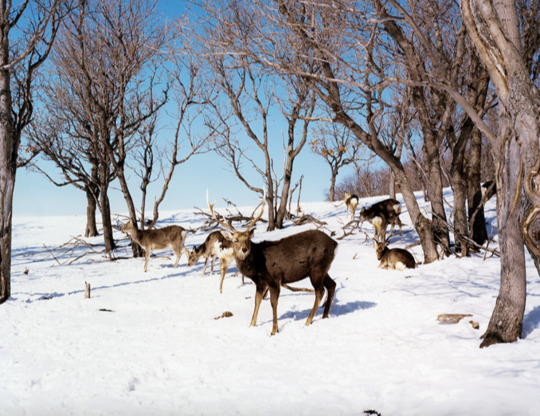
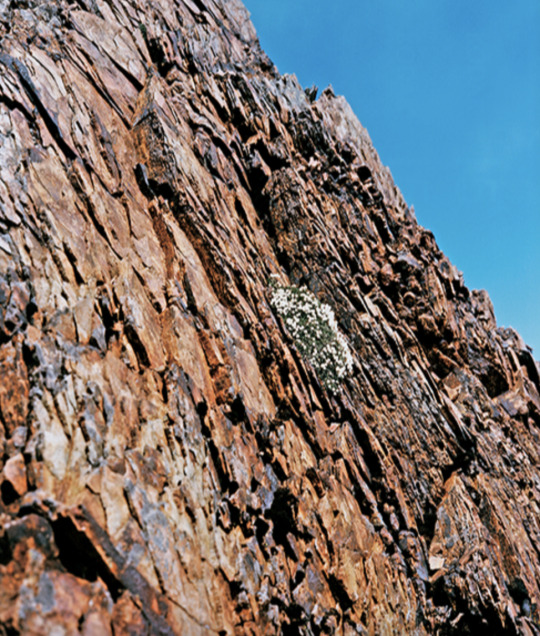
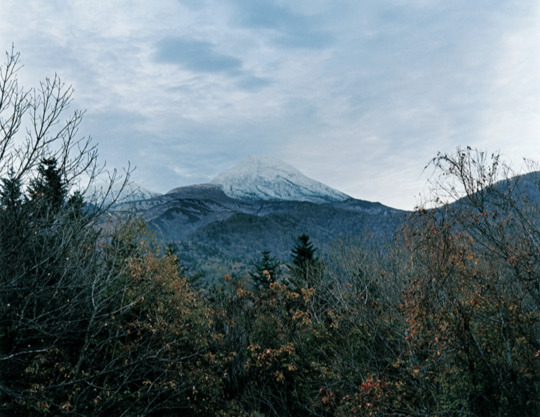
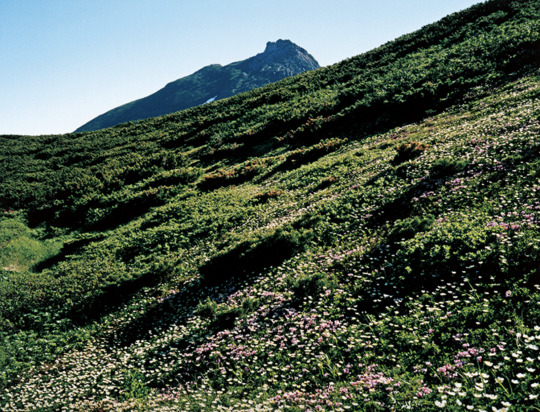
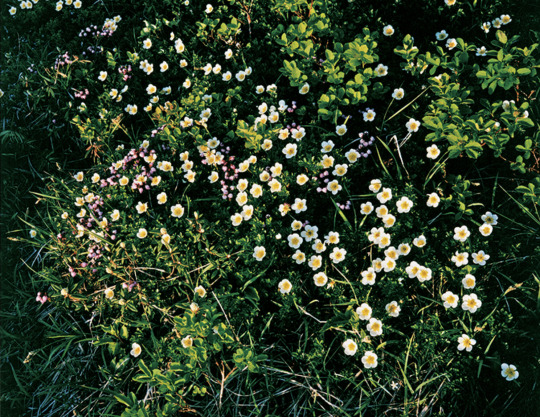
Naoki Ishikawa, Photos from the Shiretoko Peninsula series
0 notes
Text
The 8 national parks in japan
Japan, a mesmerizing blend of ancient tradition and cutting-edge modernity, captivates with its vibrant culture, stunning landscapes, and technological innovation. From the serene temples of Kyoto to the bustling streets of Tokyo, it's a land where history meets the future, offering visitors a rich tapestry of experiences, from serene tea ceremonies to neon-lit skyscrapers.
Here are 8 of the most well-known national parks in Japan:
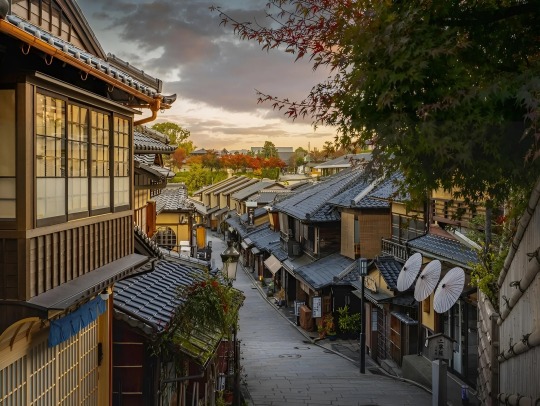
1. Fuji-Hakone-Izu National Park:
Famous for Mount Fuji, Japan's highest peak, this park offers stunning views of the iconic volcano, hot springs, and beautiful lakes. Also Read: Germany visa
2. Shiretoko National Park:
Located on the Shiretoko Peninsula in Hokkaido, this park is known for its diverse wildlife, including brown bears and deer, as well as its picturesque landscapes, including cliffs, waterfalls, and hot springs. Also Read: Canada visa
3. Aso-Kuju National Park:
Situated in Kyushu, this park is home to Mount Aso, one of the world's largest volcanic calderas, as well as scenic landscapes, grasslands, and hiking trails. Also Read: Singapore visa
4. Daisetsuzan National Park:
Also located in Hokkaido, this park is known for its rugged mountains, deep valleys, and alpine scenery, as well as its diverse flora and fauna. Also Read: Vietnam visa
5. Ogasawara National Park:
A UNESCO World Heritage Site, this park encompasses the Ogasawara Islands, a remote archipelago located south of Tokyo, known for their unique ecosystems and marine biodiversity. Also Read: Azerbaijan visa
6. Setonaikai National Park:
Spanning several islands and coastal areas in the Seto Inland Sea, this park offers scenic views, historic sites, and opportunities for outdoor activities such as hiking, diving, and island hopping. Also Read: south korea visa
7. Towada-Hachimantai National Park:
Located in the northern Tohoku region, this park includes Lake Towada, one of Japan's most beautiful lakes, as well as volcanic landscapes, forests, and hot springs. Also Read: Egypt visa
8. Chichibu-Tama-Kai National Park:
Close to Tokyo, this park offers a retreat into nature with mountains, forests, rivers, and waterfalls, as well as cultural sites such as temples and shrines. Also Read: Bangladesh visa
Conclusion
In conclusion, Japan's 8 national parks offer a stunning array of natural wonders, from majestic mountains to pristine coastlines. Exploring these parks provides a deep dive into Japan's rich cultural and ecological heritage. While planning your visit, remember to check japan visa requirements, ensuring a smooth and enjoyable journey into Japan's breathtaking landscapes.
0 notes
Text
Brown bears digging up artificial forests - Technology Org
New Post has been published on https://thedigitalinsider.com/brown-bears-digging-up-artificial-forests-technology-org/
Brown bears digging up artificial forests - Technology Org
According to a new study, brown bears foraging for food in the Shiretoko Peninsula of Hokkaido, Japan, have disrupted tree growth in artificial conifer forests. Researchers compared soil and tree samples from human-forested plots with samples from natural forests. They found that the bears’ digging for cicada nymphs damaged tree roots and altered the soil’s nitrogen content, limiting tree diameter growth. The phenomenon of bears digging for cicadas, an unusual food source, appears to be restricted to human-planted conifer forests; the diversely vegetated natural forests was unaffected. Bears in Hokkaido sometimes suffer from sparse food supplies, but it is not known if this is the reason for their cicada search. These results are important for animal conservation and efforts to return used land to a wild state, highlighting the value of recreating diverse local ecosystems which can support natural wildlife behavior.
Bear-dug human-made conifer forest. The Japanese larch is a conifer tree native to central Japan and often used in forestry in the northern part of Japan, especially in Hokkaido. It is popular for construction, making pulp and for Japanese bonsai. The human-made forests in Shiretoko lack an underlying layer of other diverse plant life, notably dwarf bamboo, which seemed to deter the bears. Image credit: Tomita and Hiura
On the northeastern tip of Hokkaido, Japan’s northernmost main island, sits the Shiretoko Peninsula, and within it the Shiretoko National Park. Designated a World Nature Heritage site, thanks to its thriving ecosystem and diverse wildlife, the peninsula is home to Japan’s largest land animal, the brown bear. It is estimated that almost 500 bears live within the 70-kilometer-long and 25-km-wide strip, making it one of the highest densities of brown-bear populations in the world. Bear numbers in Hokkaido have been gradually recovering since the 1990s, when conservation efforts began in earnest after decades of unchecked culling.
Rather than being an isolated wilderness, thousands of people live and work in the Shiretoko Peninsula, and it is also a popular tourist destination. Since the 1970s, residents and local government have been planting conifers, such as larch and spruce, on abandoned farmland as a way to help return the area to its original forested state. However, this effort has led to some unusual behavior from the other larger inhabitants. Assistant Professor Kanji Tomita from Kochi University and Professor Tsutom Hiura from the University of Tokyo have been studying how brown bears interact with these human-made forests and found that the bears behave differently than when in their natural woodland.
“In our latest study, we found that brown bears have been negatively impacting the growth of replanted larch conifer trees. They come to the new forests to dig for cicada nymphs, a behavior we haven’t seen in natural woodland or heard reported elsewhere in the world,” said Hiura from the Graduate School of Agricultural and Life Sciences. “While mammalian digging behavior in natural ecosystems has typically been seen as having a positive influence, our research shows that the outcome is different in anthropogenic (human-made) landscapes.”
This latest research is a follow-up to a previous study by Tomita and Hiura, in which they first discovered the bears’ penchant for cicada nymphs. The pair were surprised that the bears dug for the cicadas exclusively in human-made conifer forest, not in natural woodland, and noticed the damage being done to the roots of the trees in the process. So, they decided to assess the impact of the bears’ behavior on the artificial forest’s ecosystem.
The researchers compared soil samples, tree needles and tree core samples from dug and undug larch conifer forests in Shiretoko. Finding undug plantations was a challenge, so they had to collect samples from conifer forests which had an underlying layer of bamboo, which the bears avoided. They found that digging activity decreased the biomass of fine roots, soil water content and nitrogen availability. This resulted in the width, or radial growth, of the trees being less in dug forests than in the untouched forests.
“Previous studies have not considered the human impacts of forestation efforts because data were collected from natural ecosystems. So, this study is important for wildlife conservation and understanding the roles of large mammals in anthropogenic landscapes,” explained Tomita. “Referring to knowledge from only pristine ecosystems is not sufficient. To develop more appropriate management strategies for large carnivores, we need to understand their ecosystem roles in human-made landscapes further.”
Shiretoko World Nature Heritage site. The name Shiretoko comes from an Ainu phrase meaning “End of the Earth.” The indigenous Ainu people of northern Japan have long had a close relationship with bears, which in local religion were seen as being a mountain deity in disguise and considered sacred. Image credit: Kanji Tomita
“Rather than rely on artificial afforestation (converting land into forest) methods, this research highlights the necessity of introducing natural regeneration methods by seed dispersal from the surrounding area,” said Hiura. “This will not only restore ecosystems with high species diversity and rich interactions among animals and plants, but it will also be beneficial to human society in the long term.”
Bears in Shiretoko and other parts of Japan have recently struggled to find enough of their staple foods, such as salmon and nuts, to survive. Increased human development and portioning off of land, along with variable harvests due to climate change, have exacerbated their situation. This increases the risk of potentially dangerous encounters, for both people and bears, as they wander into more populated towns, campsites and fishing areas. Enriching the bears’ natural habitat and planning new forests based on ecological research will hopefully help bears and humans to coexist safely and thrive in this beautiful environment.
Source: University of Tokyo
You can offer your link to a page which is relevant to the topic of this post.
#A.I. & Neural Networks news#Animals#artificial#bears#Behavior#biomass#challenge#change#Chemistry & materials science news#climate#climate change#Conservation#construction#content#data#Deity#development#diversity#dwarf#earth#Ecosystems#Environment#Explained#fishing#Food#forest#Government#growth#how#human
0 notes
Text
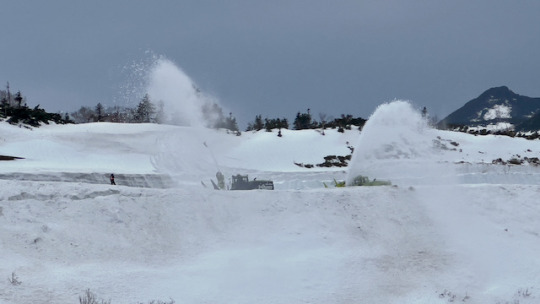
prepare for reopening of Shiretoko Odan Road
0 notes
Text
0 notes
Photo

知床五湖(しれとこごこ) 北海道の名所
知床五湖(しれとこごこ)は、北海道知床半島に位置する、美しい湖沼群で知られています。以下に、知床五湖の特徴と魅力を紹介します。 1. 美しい湖沼群 知床五湖は、世界自然遺産にも登録された知床半島内に広がる、五つの湖沼の集まりです。 2. 透明度の高い湖水 湖水の透明度が非常に高く、澄んだ水面が周囲の景色を映し出します。 3. 豊かな自然 湖畔周辺には原生林や湿原が広がり、周囲の自然環境も美しい景観を創り出しています。 4. 生態系の宝庫 くの野生動植物が生息しており、湖沼周辺で野生動物を観察することができます。 5. トレッキングコース 湖畔にはトレッキングコースが整備されており、自然を散策しながら景色を楽しむことができます。 6. 知床岬からの絶景 知床五湖周辺には知床岬からの絶景を楽しむことができ、特に展望台からの眺望が素晴らしいです。
♪♫♬🎤🎹🎶♪♫♬🎤🎹🎶♪♫♬🎤🎹🎶♪♫♬🎤🎹🎶
Shiretoko Five Lakes Famous places in Hokkaido
The Shiretoko Five Lakes are located on the Shiretoko Peninsula in Hokkaido and are known for their beautiful lakes. Below, we will introduce the characteristics and charms of the Shiretoko Goko Lakes. 1. Beautiful lakes The Shiretoko Goko Lakes are a collection of five lakes located within the Shiretoko Peninsula, which is also registered as a World Natural Heritage Site. 2. Highly transparent lake water The lake water is extremely transparent, and the clear water surface reflects the surrounding scenery. 3. Rich nature Primeval forests and wetlands spread around the lake, creating a beautiful natural environment. 4. Treasure trove of ecosystem It is home to many wild animals and plants, and you can observe wild animals around the lake. 5. Trekking course There is a trekking course along the lakeside where you can enjoy the scenery while walking through nature. 6. Spectacular view from Cape Shiretoko Around the Shiretoko Goko Lakes, you can enjoy spectacular views from Cape Shiretoko, especially from the observation deck.
0 notes
Text
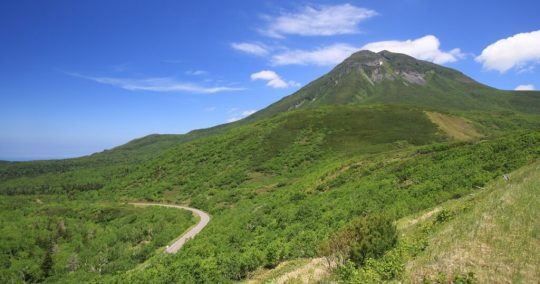
0 notes
Text
SHIRETOKO DAIICHI HOTEL in Hokkaido
SHIRETOKO DAIICHI HOTEL in Hokkaido
‘SHIRETOKO DAIICHI HOTEL in Hokkaido’We stayed at SHIRETOKO DAIICHI HOTEL in UTORO town the Shiretoko peninsula Hokkaido. It’s located on the sea view hill of UTORO, can see the beautiful view of the Sea of Okhotsk.They offer fresh all we can eat breakfast and dinner at the sea view restaurant. The Onsen( natural hot bath) is all covered by blue jade stones, floors, walls, and pillars!It’s a…

View On WordPress
1 note
·
View note
Photo
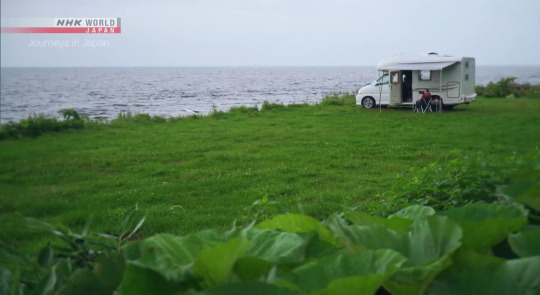





“Everyone likes different things but for me though, this kind of hotel get six stars.”
Full video here.
#nhk world japan#nhk#journeys in japan#nature#seaside#rausu#shiretoko peninsula#hokkaido#hokkaido prefecture#japan#beauty of japan#travel to japan#japan travel
6 notes
·
View notes
Photo



Late winter each year drift ice fills the Okhotsk Sea surrounding the Shiretoko Peninsula. Known as ryūhyō, the chunks of ice are carried south by wind and sea currents, collecting on the northern tip of Hokkaidō.
Photos by Laufen Katsu.
6 notes
·
View notes